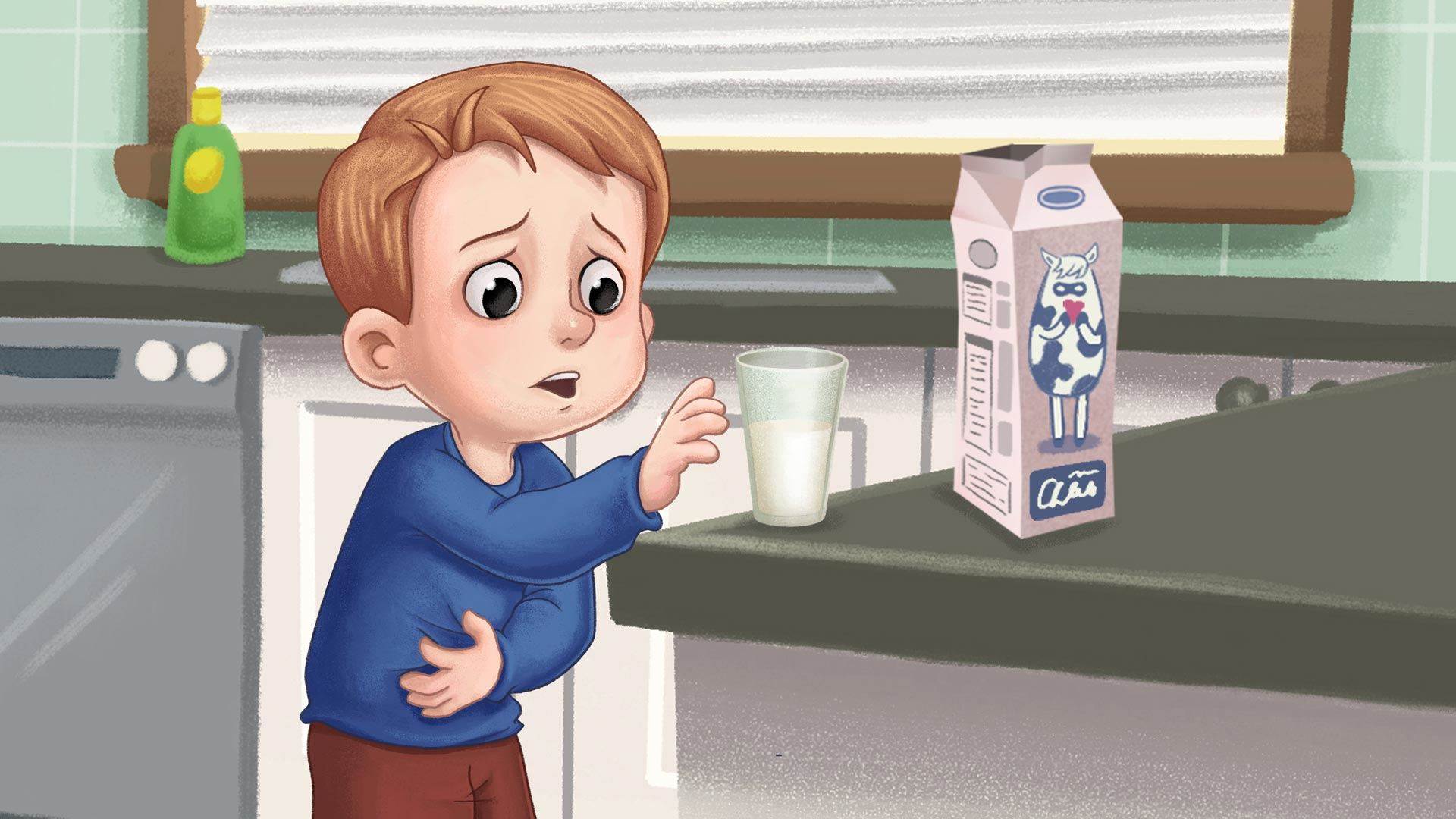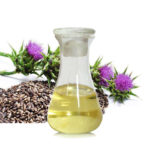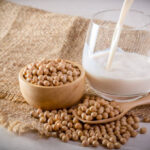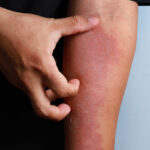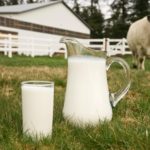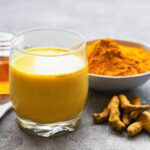Some common milk diseases
Consuming raw milk is capable of causing serious illness and that’s where most of the milk diseases come from.
Consuming raw milk that’s contaminated proffer greater risk of getting sick for infants, children, pregnant women, young adults, older adults, and individuals with weaken immune system, like people with an organ transplant, cancer or HIV patients, than healthy infants, children, young adults and older folks.
Pasteurization is the only method employed to kill all milk diseases without getting the milk destroyed; and another advantage of pasteurizing the milk is that it increases the milk shelf life by getting all the bacteria and proteins in the milk that cause its contamination killed.
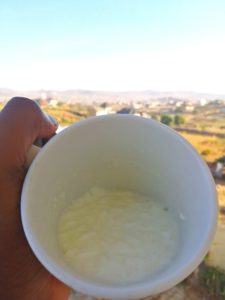
When I was younger and attending secondary school in Government Secondary school Bwari, Abuja, a secondary school located outskirt of the city and almost in another northern state called Niger state, we used to do trade my barter with Fulani women who came in from a neighboring community outside the Federal Capital Territory (Abuja).
We used to give them a soup in exchange for a cup of raw milk. We were told that the yellowish liquid on the raw milk that seemed almost like a fat indicated that the milk must have undergone pasteurization.
But as it is now, I will not have myself engaged in such transaction because only a look at the locals would tell you that all is not well with the raw milk.
According to milk, a total outbreak cases was reported to Center for Disease Control (CDC) from 1993 to 2012 and they all linked to raw milk.
10 Common Diseases found in Milk
These are diseases from raw milk intake. The following are some common milk diseases I discussed here down below
According atsu.edu. they are:
- Brucellosis
- Q fever
- Staphylococcal enterotoxin poisoning
- Cryptpsporidiosis
- Campylobacteriosis
- Salmonellosis
- Hemolytic Uremic Syndrome
- Yersiniosis
- Listeriosis
- Tuberculosis

The following are the milk diseases, causal organisms and their symptoms and complications tabulated below
| Milk diseases | Organisms | Symptoms and complications |
| Brucellosis | Brucella so. | Heart infections and also blood infections |
| Q fever | Coxiella burnetti | Severe headache, muscle aches, high fever |
| Staphylococcal enterotoxin poisoning | Staphylococcus aureus | Vomiting |
| Cryptpsporidiosis | Cryptpsporidium parvum | Diarrhea |
| Campylobacteriosis | Campylobacter sp. | Bloody diarrhea |
| Salmonellosis | Salmonella so. | Bloody diarrhea |
| Hemolytic Uremic Syndrome | E. coli O157:H7 | Diarrhea, kidney failure and death |
| Yersiniosis | Yersinsia enterocolitica | Diarrhea |
| Listeriosis | Listeria monocytogenes | Blood infections and meningitis |
| Tuberculosis | Mycobacterium tuberculosis | Tuberculosis; pneumonia |
Diseases produced by Milk
The following are some diseases aggravated or produced by milk whether raw or not. They include:
Anemia
Milk liberal use is capable of causing anemia because, it tends to make one not to eat enough of various foods that are rich in iron. This is because it satisfies the appetite.
Digestive Disorders
In some individuals, cow’s milk for example act as an irritant to the digestive mucosa or the digestive system in general thereby producing various disorders such as:
- Abdominal pain and other various symptoms similar to those of lactose intolerance.
- Intestinal hemorrhage: cow’s milk produces inflammation and hemorrhage of the small intestine in nursing infants which is capable of causing anemia as a result of blood loss.
- Constipation and aggravation of irritable bowel
- Gastroduodenal ulcer: This has led to discouragement in liberal use of milk especially in cases of ulcer. This is because it momentarily relieves acidity and stimulates a rebound effect which leads to more secretion of more stomach acid.
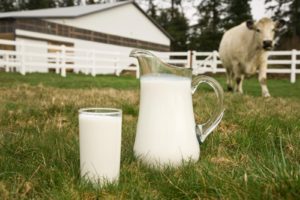
Several studies demonstrate that infants that must have been fed cow’s milk are at a higher risk of insulin-dependent diabetes from childhood. This diabetes type is called “type 1” diabetes and requires daily insulin injection.
It appears that cow’s milk produces an autoimmune allergic reaction in the beta cells of the pancreas where insulin is secreted.
YOU MAY LIKE: Yogurt Benefits
Cataracts
One of the simple sugars called galactose which makes up lactose or milk sugar has the capacity to make or cause the eye lens to become opaque especially in sensitive individuals.
Therefore, in milk diseases, cataracts in some individuals may have been caused by habitual adult use of milk.
Milk Contamination
The following are some ways in which milk contamination may occur
- Infected udder (mastisis)
- Bacteria that inhabit on the animal’s skin
- Unsanitary conditions especially in processing plant
- Rodents, insects and other certain vectors
- Cow diseases such as bovine tuberculosis
- Animal feces in direct contact with the milk
Milk and cancer

Prostate cancer: A study conducted at The Mario Negri Institute of Investigation in Milan (Italy) showed that the use of whole or skim milk habitually, raises the risk of prostate cancer.
Therefore, according to the study, men that drink from one glass to two glasses of milk on a daily have a 20% greater risk than men who do not drink milk regularly.
And also for those who drink more than two glasses of milk a day, the risk is multiplied five-fold (500%).
SEE MORE
Health Benefits of Blueberries
Anxiety and an Anxiety disorder

A graduate of Computer Science and Information Management Technology. Diploma – Caregiving, Certificates – Dementia and Diabetes Awareness and Management. A researcher, blogger, songwriter, singer and acoustic guitarist. Born in an environment where natural talents such as healing are imparted at our natural birth. This natural talents of healing is the result of our genetic inheritance and the training from family environment.

